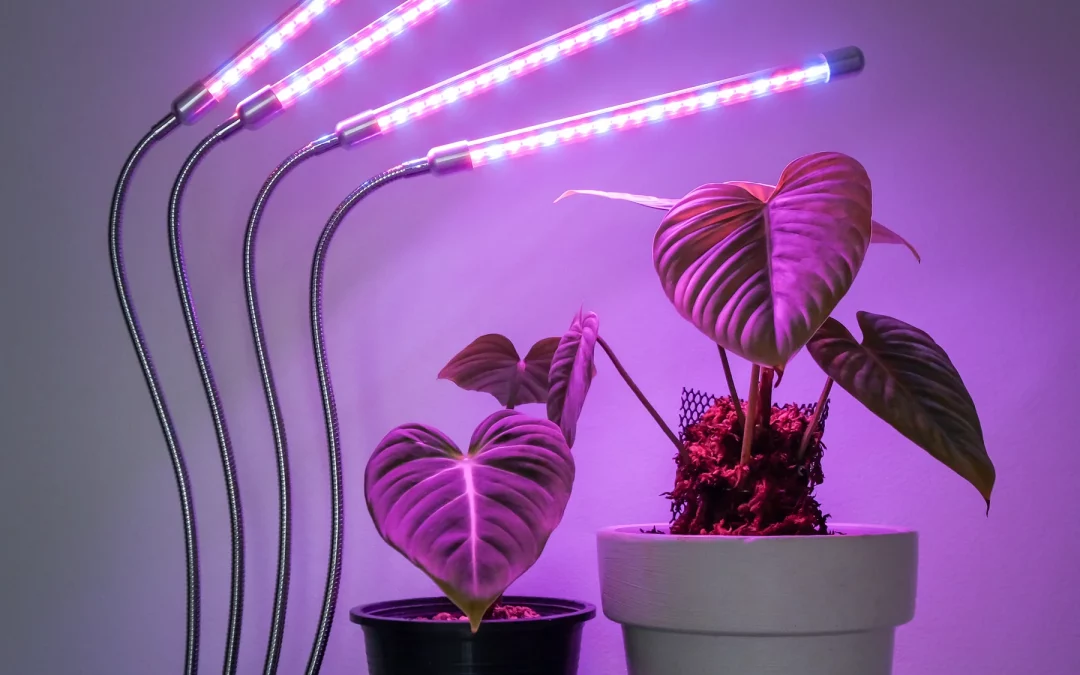Contents
- 1 Indoor Plant Grow Light Buyer’s Guide (Beginner-Friendly)
Indoor Plant Grow Light Buyer’s Guide (Beginner-Friendly)
Not all homes provide enough natural sunlight for healthy plant growth. That’s where indoor plant grow lights come in. Whether you’re growing herbs, succulents, or fruiting vegetables, the right grow light can make the difference between thriving plants and weak, leggy ones. This beginner-friendly buyer’s guide will walk you through the types of grow lights, what to look for, and the best options to suit your indoor garden.
Why Indoor Plants Need Grow Lights
Plants depend on photosynthesis, which requires light energy. Indoors, light levels are often too low, especially in winter. A grow light solves this by:
Extending daylight hours.
Providing the right spectrum for growth.
Supporting flowering and fruiting plants.
Preventing leggy, weak growth.
For beginners, a full-spectrum LED grow light on Amazon is the easiest way to get started.
Types of Grow Lights for Indoor Plants
LED Grow Lights
Energy-efficient, long-lasting, and cool to the touch.
Provide full-spectrum light for all growth stages.
Best for herbs, succulents, and flowering plants.
Fluorescent Grow Lights (CFLs or Tubes)
Affordable and widely available.
Best for seedlings and leafy greens.
Lower intensity compared to LEDs.
HID Grow Lights (High-Intensity Discharge)
Very powerful and used for larger setups.
Require more electricity and generate heat.
Not ideal for small spaces.
What to Look for in a Grow Light
When choosing a grow light, consider:
Light Spectrum – Full-spectrum LEDs cover all plant needs.
Wattage & Coverage Area – Match the light strength to your plant setup.
Adjustability – Height and angle adjustments help target light.
Timers – Automated schedules keep plants on track.
A programmable grow light with built-in timer on Amazon is perfect for beginners who want convenience.
Best Plants to Grow Under Lights
Herbs – Basil, mint, cilantro, parsley.
Leafy Greens – Lettuce, spinach, kale.
Fruit & Veg – Tomatoes, peppers, strawberries.
Houseplants – Snake plant, pothos, monstera.
Common Mistakes with Grow Lights
Placing lights too close (causes leaf burn).
Using weak lights for fruiting plants.
Running lights 24/7 (plants need rest).
Ignoring distance — tall plants need repositioning.
FAQs About Grow Lights
Q: How long should grow lights be on each day?
A: Most indoor plants need 12–16 hours of light daily, depending on type.
Q: Can any LED bulb work as a grow light?
A: Regular LEDs lack the full spectrum. Always choose bulbs designed for plants.
Q: Where should I place my grow light?
A: Position it above plants, 6–12 inches away, depending on the light strength.
Final Thoughts on Indoor Grow Lights
Grow lights are one of the best investments for indoor gardening. They allow you to grow a wider variety of plants, boost yields, and keep your houseplants vibrant year-round. Beginners should start with simple, full-spectrum LED lights, while larger setups may benefit from advanced HID or fluorescent options.
For detailed plant lighting advice, see the Royal Horticultural Society’s lighting guide.

